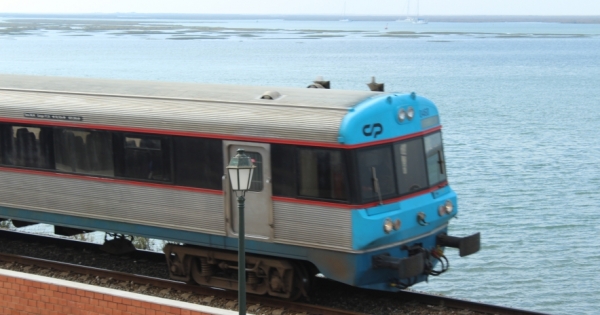Portugal has officially confirmed the location of the Gaia high-speed rail station just south of Porto, yet a significant twist has emerged. The winning construction consortium, LusoLav, is proposing to relocate the station 2 kilometers south to Vilar do Paraíso. This proposal has garnered support from local politicians but has left national authorities, including Infraestruturas de Portugal and Porto City Council, unaware of these developments.
Official Confirmation Amidst Controversy
The Portuguese government has solidified Santo Ovídio as the site for the future high-speed rail station, as detailed in the recently approved National Railway Plan. This decision, made on 10 March, aims to enhance connectivity between Porto and Lisbon, with the station designed to facilitate multimodal transport and future links to Galicia in northern Spain.
The Case for Relocation
Despite the formal approval, the LusoLav consortium argues that moving the station south would simplify construction and reduce risks. They claim that the Santo Ovídio site is congested and that separating road and rail infrastructure would improve safety and maintenance clarity. However, critics warn that this relocation would eliminate direct access to the Porto Metro and significantly increase surface construction, impacting densely populated and environmentally sensitive areas.

Local Support, National Confusion
Interestingly, the Gaia City Council voted on 10 April to support the relocation, despite lacking consensus among key stakeholders. This has raised eyebrows, particularly as Infraestruturas de Portugal has not been involved in the discussions, which could lead to significant implications for urban planning and transport networks.
Environmental and Governance Concerns
Critics are particularly concerned about the environmental impact of the proposed site, which lies within a National Ecological Reserve. The lack of transparency in the decision-making process has also sparked accusations of poor governance, especially with legislative elections looming.
As it stands, the official station location remains Santo Ovídio, and any changes would require a formal amendment to the National Railway Plan, ensuring that such significant decisions are made publicly and not behind closed doors.


























Comments
Join Our Community
Sign up to share your thoughts, engage with others, and become part of our growing community.
No comments yet
Be the first to share your thoughts and start the conversation!